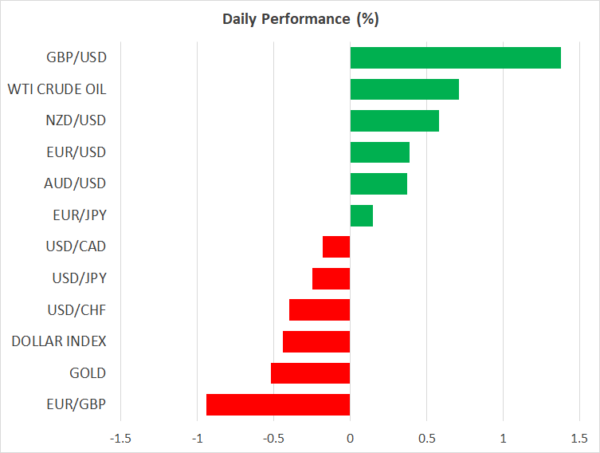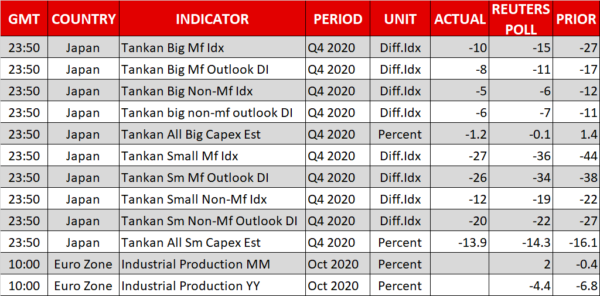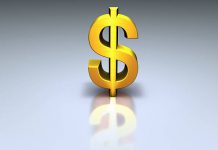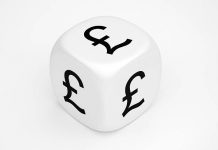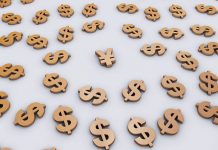- Pound soars after Britain and the EU agree to continue talking
- Progress in US stimulus talks also lifts markets’ spirits, dollar sags
- But cause for caution ahead of Fed meeting, stocks up modestly
UK and EU agree to go “extra mile” to get a deal
After a bruising week, sterling was once again riding high on renewed optimism for a post-Brexit trade deal on Monday. UK Prime Minister Boris Johnson and European Commission President Ursula von der Leyen had set Sunday as a deadline for reaching some sort of a settlement on the future relationship between Britain and the European Union. But as another deadline comes and goes, it’s becoming difficult to gauge whether this is just more posturing or there is real progress in the negotiations.
Following the disastrous dinner last week between Johnson and von der Leyen that had raised the spectre of an imminent collapse in the talks, sending cable crashing by more than 250 pips, the two leaders pledged on Sunday to “go the extra mile” to find a solution for the remaining sticking points in the negotiations.
But although the talks were always going to stretch into the 11th hour, the stakes are high on both sides in terms of compromising on their respective red lines. So even at this point where time is running short and there seems to be a strong desire to get an agreement, it’s becoming more and more plausible that a trade deal may only be feasible after the transition period ends on December 31.
However, as far as the pound is concerned, the optimists are in charge today, with the currency up about 1% against its major peers.
US Congress readying new stimulus plan
Another deal is in the making, this time in Washington, as a bipartisan group of US lawmakers race against time to put together a new virus relief bill that would appease both Republicans and Democrats before Congress adjourns for the holiday period. The latest in the talks is that the $908 billion bipartisan proposal that has been mooted for some time could be divided into two bills, splitting the more controversial measures on liability protections and state aid for regional governments into a separate $160 billion package.
While this would fall short of what markets had been hoping for, especially if only $748 billion of it were to get approved, it would nevertheless go some way in extending support to millions of businesses and individuals during the winter months as the virus surge shows no sign of easing in America.
Optimism prevails but risk rally may be easing
Concerns about the size and composition of any stimulus deal put a cap on gains in US equity futures even as the country prepares to begin its first inoculations of Pfizer’s Covid-19 vaccine today. E-mini futures for the S&P 500 indicated an opening gain of 0.5%. Stocks in Asia were mixed, though European shares had a stronger start.
The slowdown in the risk rally in December may be a sign that much of the good news has been baked into the markets by now and further advances are likely to be much more moderate. Still, there can be no doubt that, by and large, investors continue to look through the immediate headwinds as not even Germany’s announcement that the country will go into a hard lockdown on Wednesday until January 10 could put a dent in the DAX or the euro.
Dollar slumps despite Fed uncertainty
The single currency was last trading up 0.3%, trailing the pound, aussie and kiwi. The dollar index, meanwhile, was fast approaching its 31-month low from a week ago, as the positive mood maintained the downside pressure on safe havens. The yen also struggled today, along with gold, which was down 0.5%.
The main game changer this week could come from the Federal Reserve as FOMC members begin a two-day policy meeting on Tuesday. An unusual degree of uncertainty about the December meeting could give rise to increased caution ahead of the policy decision as it’s unclear if the Fed will respond to the near-term threats to the economy and ramp up its stimulus or try to reassure markets simply by strengthening its forward guidance.
There’s a risk that the Fed may try to buy itself more time before committing to significant changes in policy and that could push the dollar higher if investors are caught off-guard.




